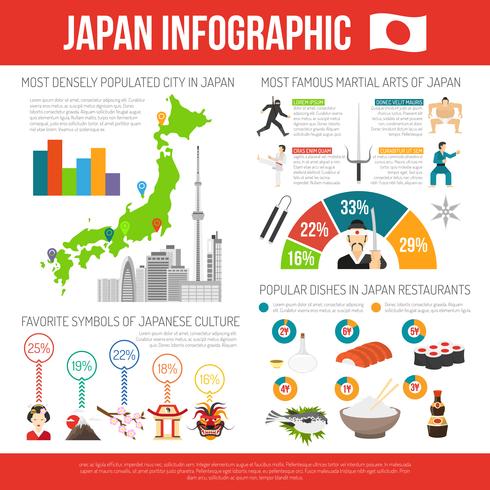The Chronicle And Growth Of Martial Arts: An Examination Of Its Historical Origins And Advancement Into Modern Techniques
The Chronicle And Growth Of Martial Arts: An Examination Of Its Historical Origins And Advancement Into Modern Techniques
Blog Article
Write-Up Produced By-Clemons Clements
Step into the world of martial arts, where ancient beginnings and modern-day techniques clash in an electrifying journey of technique and self-discovery.
As you look into the history and development of this captivating art form, prepare to be astounded by the cultural influences, technological improvements, and profound philosophy that have shaped it over centuries.
From the battlegrounds of old civilizations to the training grounds of today, martial arts have actually stood the test of time, continuously adapting and expanding.
Each strike, each movement, carries with it the weight of countless years of practice and wisdom, passed down through generations. This is a tale of strength, of warriors that looked for not just physical prowess, however also inner strength and harmony.
Join us on this remarkable exploration as we uncover the tricks, the legends, and the transformational power of martial arts.
Prepare to be motivated, challenged, and permanently changed by the background and evolution of martial arts.
Social Influences on Martial Arts
As you check out the background and evolution of martial arts, you'll rapidly find the remarkable methods which social influences have shaped these combat techniques.
From the old civilizations of China and India to the more current advancements in Japan and Brazil, martial arts have been heavily influenced by the societies in which they originated.
As an example, Chinese martial arts, such as Martial Art and Tai Chi, are deeply rooted in the ideology of Taoism and the idea of Yin and Yang.
On the other hand, Japanese martial arts, like Martial arts and Judo, reflect the samurai warrior customs and the worths of self-control and honor.
Similarly, Brazilian fighting style, Capoeira, combines aspects of African dancing and music, reflecting the cultural heritage of African slaves in Brazil.
These social influences not just provide each fighting style its one-of-a-kind qualities but also provide a deeper understanding of the historic and social contexts in which they evolved.
Technological Advancements and Martial Arts
With the surge of sophisticated weaponry and ingenious training devices, you've had the ability to boost your abilities and adapt to the ever-changing combat landscape.
Technological improvements have reinvented the way martial arts are practiced and shown. Virtual reality simulations now enable you to train in sensible combat scenarios without the threat of physical harm. High-speed cameras record every relocation, enabling you to assess and ideal your strategies. https://josueddzvq.bloggosite.com/36465687/find-out-how-fighting-styles-can-be-a-fun-and-engaging-approach-for-your-children-to-increase-their-physical-fitness-and-sychronisation-help-them-tap-into-their-internal-warrior-today , breathing, and muscular tissue activation, supplying immediate responses on your performance.
Additionally, the advancement of customized equipment, such as resistance bands and dexterity ladders, has allowed you to improve your rate, stamina, and agility. These technological improvements have not only made training extra effective but have actually additionally pushed the borders of what is feasible in martial arts, permitting you to reach new elevations in your practice.
The Ideology and Principles of Martial Arts
The ideology and principles of martial arts are deeply rooted in shaping your mindset and instilling discipline, emphasis, and regard in your practice.
1. Attitude: Martial Arts instructs you to create a solid and durable mindset. It allows you to get over challenges both on and off the mat, pushing your limitations and persisting when faced with misfortune.
2. Technique: Martial Arts demands self-control and self-discipline. Via normal training and adherence to stringent rules and strategies, you discover to manage your impulses and develop a strong work principles.
3. Emphasis: Martial Arts requires extreme focus and concentration. By training your mind to be existing in the minute, you enhance your ability to respond rapidly and effectively during fight situations.
4. Respect: Martial Arts stresses respect for oneself, teachers, educating companions, and opponents. what is a grandmaster in martial arts shows you to value the abilities and experiences of others, promoting a feeling of friendship and gamesmanship.
Final thought
Congratulations on finishing your journey via the captivating world of martial arts! Throughout this expedition, you have experienced the rich history and amazing advancement of these combat practices.
From their old beginnings to the contemporary techniques we see today, martial arts have actually been formed by social impacts.
The combination of innovation has also played a significant duty in reinventing the way martial arts are shown and exercised in the present day.
Nevertheless, it is very important to keep in mind that martial arts are greater than just physical battle. best chinese martial arts include extensive approaches and guiding concepts that surpass the plain act of fighting.
Take a minute to review this obsolete adventure and appreciate how the legacy of martial arts continues to flourish in the here and now, transcending time and borders.
